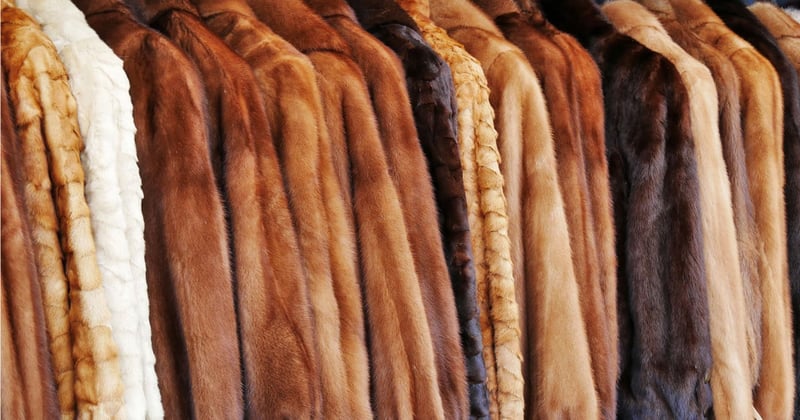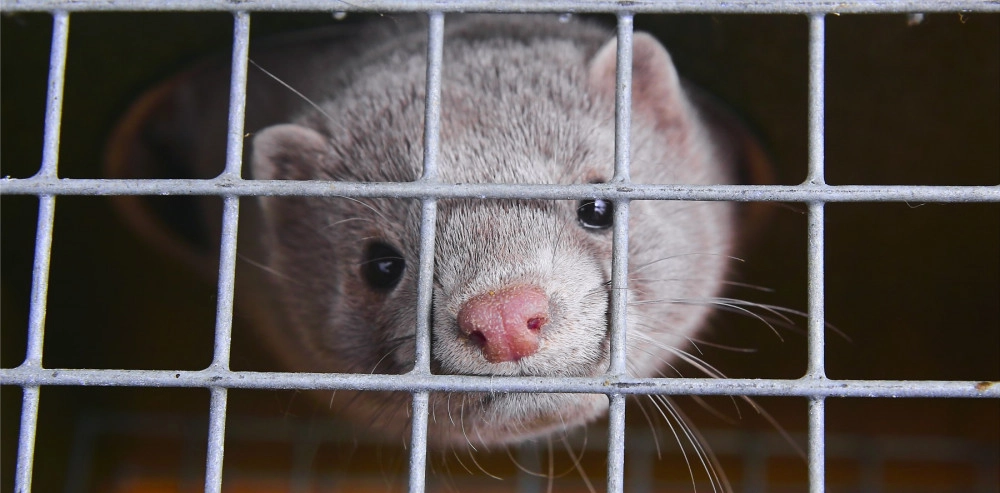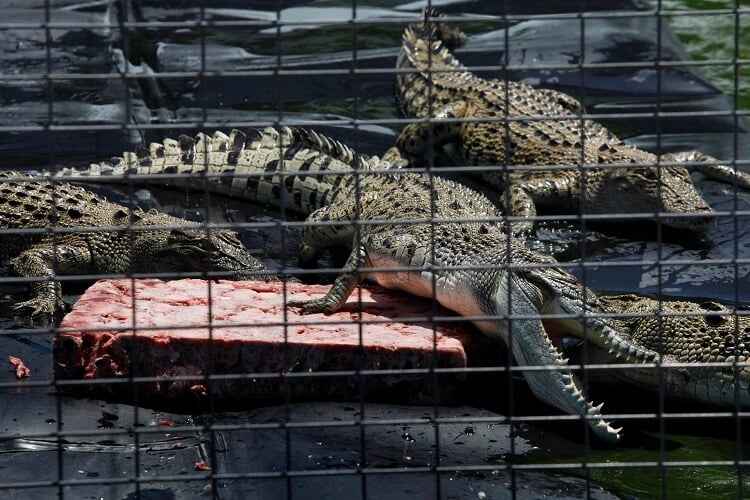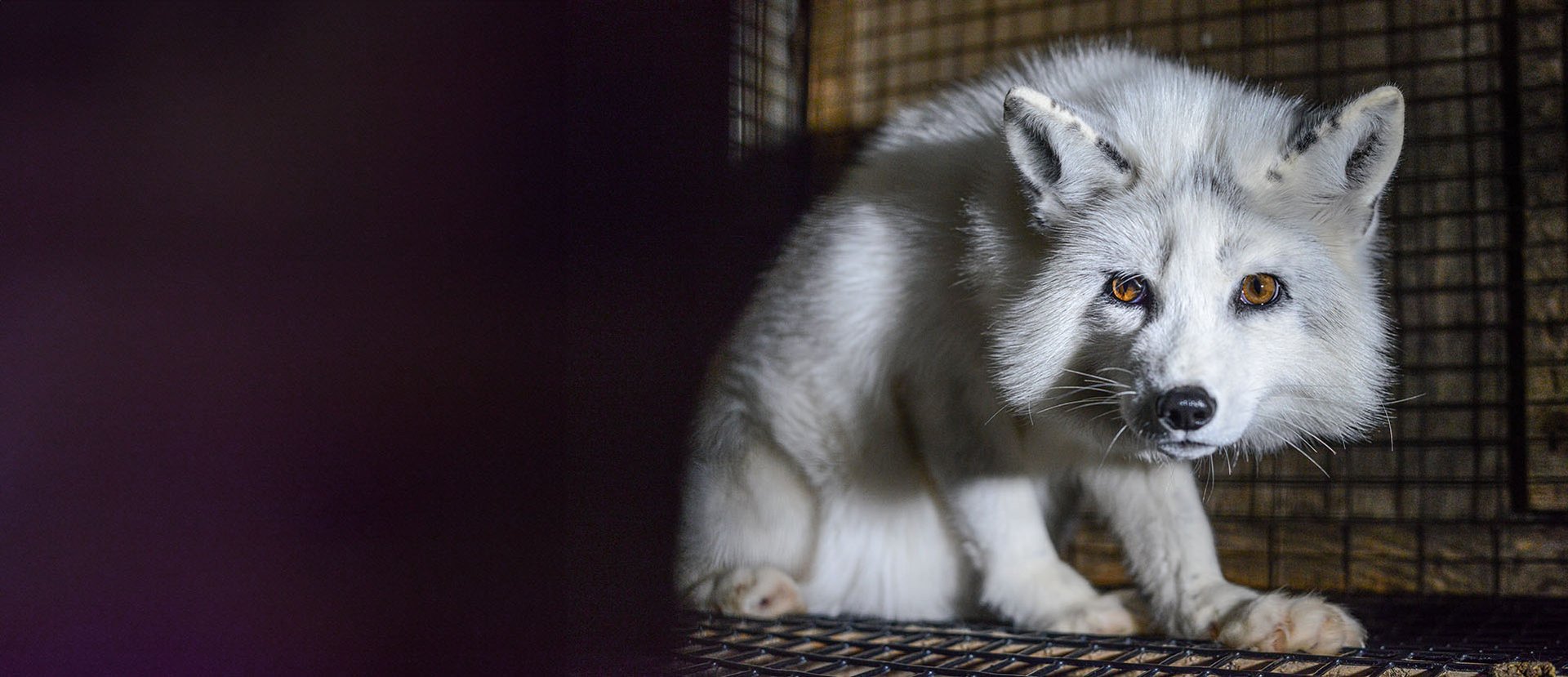
Fashion serves as a powerful channel for self-expression but sadly, many people remain unaware of the suffering and harsh cruelty associated with some brands.
Every year, countless wild animals face exploitation and the grim fate of being sacrificed for the gains of fashion labels that lag behind in embracing advanced and compassionate fashion alternatives.
Within the fur trade, for example, animals such as foxes and mink are forced into a life of captivity before they meet their end while crocodiles and various other reptiles face a horrific fate for the sake of obtaining "exotic skins". Majestic birds like ostriches are killed for both their feathers and hides.
With events like London Fashion Week 2023 happening, we've put together a list that shows the dark side of the fashion industry.
Choosing fur is chosing cruelty
The methods of slaughter on fur factory farms prioritise profit by protecting the integrity of full skins.
Whether trapped or shot in the wild, or confined in barren cages until their slaughter, there is no way to transform a wild animal into a coat, bag or shoe without immense cruelty and suffering in the process.

A mink looking out of a cage
Did you know...
🦊 Around 100 million animals are killed each year globally in the fur trade.
🦊 The wild animal species most commonly exploited and slaughtered for their fur include mink, foxes, chinchillas and raccoon dogs.
🦊 Animals on fur farms are kept in small cages and suffer severe psychological distress in a system unable to ever meet their needs.
🦊 The methods of slaughter on fur factory farms prioritise profit by protecting the integrity of full skins. Smaller animals like mink are killed by gas, while those slightly larger animals like foxes and raccoon dogs are electrocuted.
The dark truth behind the skin trade
Crocodiles are cruelly slaughtered at two to three years old, despite a natural average lifespan of 70 years.
Snakes, lizards, alligators, and various crocodile species all fall victim to exploitation and slaughter for the fashion industry. Among them, Crocodylus porosus, the saltwater crocodile, is one of the most sought-after skins in the world of luxury fashion.

Crocodiles in a confined enclosure feeding on frozen meat
Did you know...
🐊 Crocodylus porosus skin is so popular due to its rigid, scaled texture and length. Bags and other items made from it can be sold for hundreds of thousands of dollars.
🐊 Australian factory farms provide 60 percent of the global trade in saltwater crocodile skins.
🐊 While crocodiles are often offered somewhat more space than the minimum requirement, they are caged so tightly that they are unable to turn around in many instances.
🐊 Crocodiles are slaughtered at two to three years old, despite a natural average lifespan of 70 years.
Feathers are for Birds, Not for Fashion
Ostriches do not have a moulting season, and so their feathers are either plucked or cut off.
Ostriches are the primary source of exotic feathers most frequently employed in today's fashion industry.

Three ostriches in the wild, where they belong
Did you know...
👗 On a farm, ostriches are often packed tightly together, fed lucerne in a controlled system where they are unable to act out natural behaviours.
👗 Unlike many other birds, ostriches do not have a moulting season, and so their feathers are either plucked or cut off.
👗 Ostrich skins are also highly coveted by the fashion industry, which considers the raised, circular marks on ostrich skin – from where their feathers have been plucked.
👗 Before ostriches are slaughtered, they can be denied food for 24 hours under Australian and South African codes of practice.

What you can do to help
You can help by spreading the word and never buying products that are made from real fur, skin or feathers. There are plenty of faux-alternatives available where no animals were cruelly slaughtered after living their lives in the most terrible conditions. You can read our cruelty is out of fashion report for more information.
Read the report